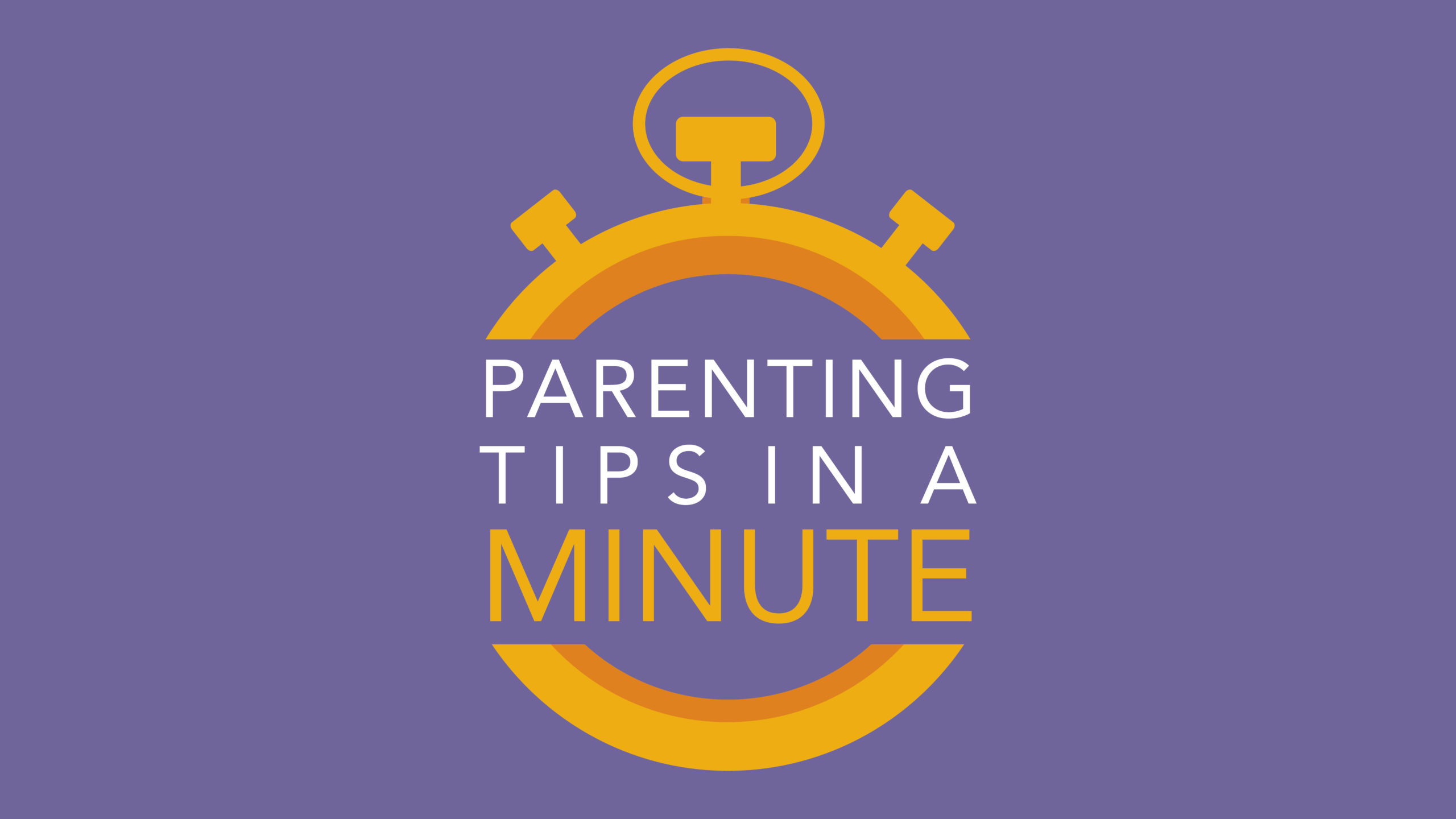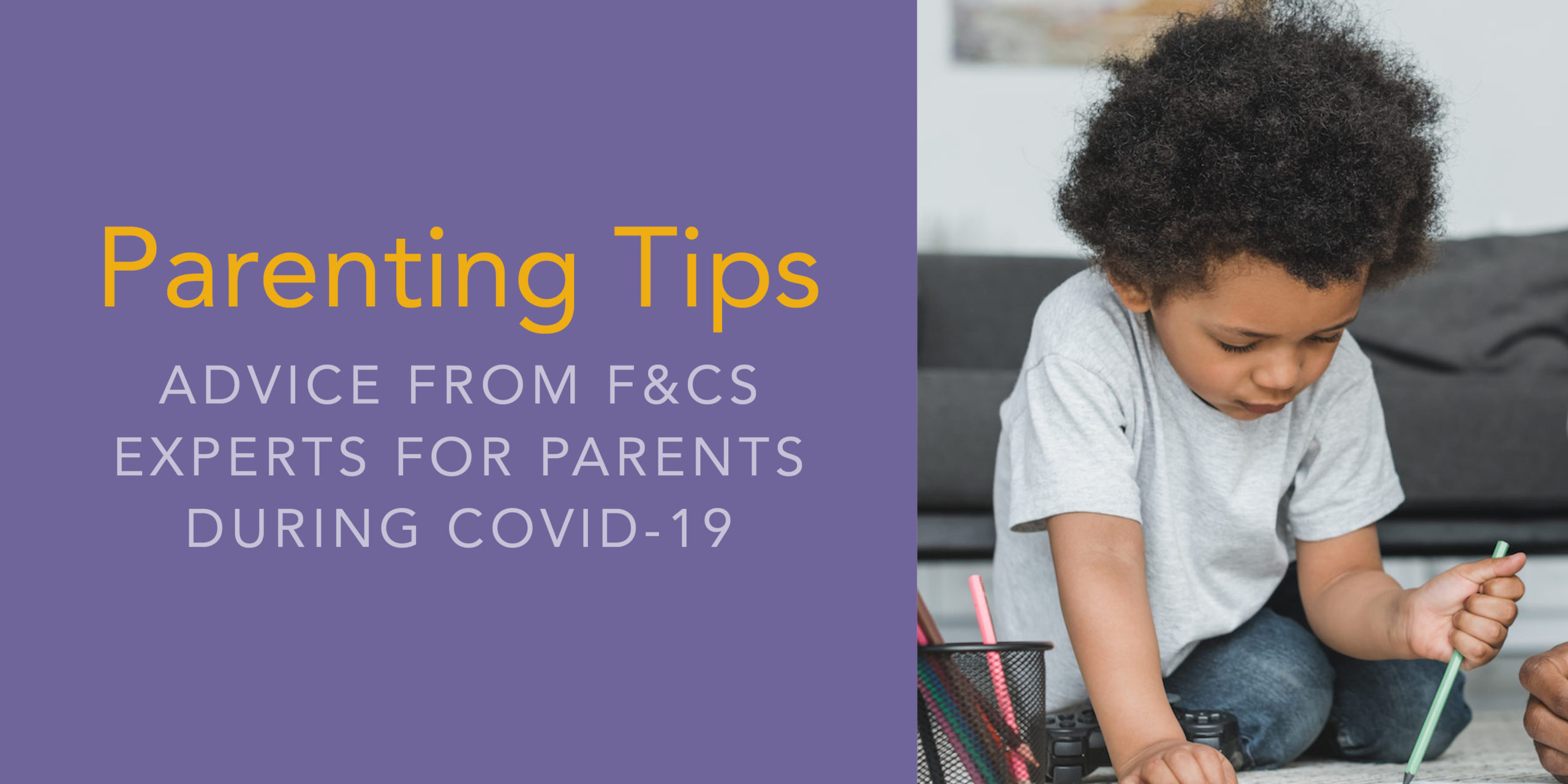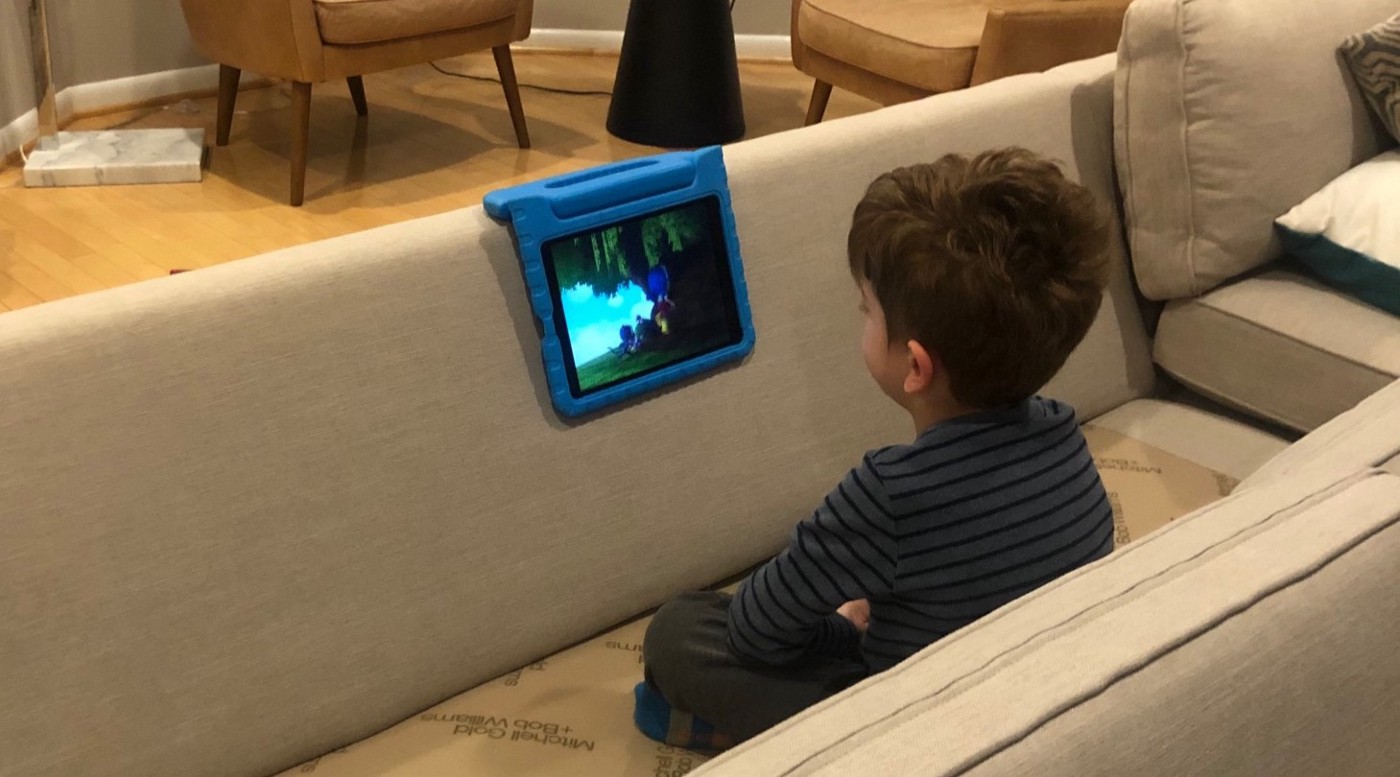“I just want to cry,” I told my wife on Friday morning.
I had just gotten off a work call and my brain was ticking through follow-up items, adding to a long list of untouched to-dos. My wife, meanwhile, was multitasking an onslaught of work questions while also trying to manage “homeschool” time with our son — but he refused to participate. Instead, he huddled in an increasingly secure couch fort, refusing to do anything — color, read, go outside, talk to his teacher — besides sit in silence in the dark or watch his iPad. (Today, he opted for sitting in silence in the dark).
“Are we permanently ruining and psychologically damaging him?” my wife pleaded with me.
We both felt guilty for the work we were not doing — and aching for the way our son was struggling and needed us to be present and calm. But that’s exactly what our current schedule prohibits, as we run back and forth between work calls, requests, and parenting. (Later, as I took over the homeschool shift and he stormed upstairs to cry, he told me it was because I had stopped smiling at him. Knife, meet heart.)
This is really hard.
What’s amazing to me is how consistent this struggle is among every parent I talk to. The texts and social media posts bouncing around my circle all echo each other. We feel like we’re failing at both. Our kids don’t just need us — they need more of us. Our kids are acting out, abandoning the routines they already had, dropping naps, sleeping less, doing less — except for jumping on top of their parents, which is happening much more. We’re letting them watch far greater amounts of screen time than we ever thought we’d tolerate. Forget homeschooling success — most of us are struggling to get our kids to do the basics that would have accounted for a Saturday-morning routine before this pandemic.
The particular struggle reflects the most privileged perspective — that of two fully employed adults, sharing the burden, without fear of losing our jobs. Put another way, I’m not worried about how I’m going to feed my family — I’m just worried about getting my son to eat something besides a donut for two days straight.
But it’s precisely the privilege of this vantage point that in a way makes it so stark. This is the best-case scenario?
Viruses, or in this case, global pandemics, expose and exacerbate the existing dynamics of a society — good and bad. They are like a fun-house mirror, grossly reflecting ourselves back to us. One of those dynamics is the burden we put on individual parents and families. We ask individuals to solve problems that are systemically created.
This current situation is almost prophetically designed to showcase the farce of our societal approach to separating work and family lives.
There’s a subtle expectation that parents must find creative ways to handle this on their own. My in-box, social media feeds, and countertops are filled with creative ideas for educating and caring for your kids. Workbooks, games, creative projects and experiments, virtual yoga, virtual doodling, virtual zoo visits, virtual everything.
I honestly am too tired and stretched thin to read the suggestions, let alone try them. The few I have tried have been met with astounding and fierce rejection by my son.
I see these “helpful suggestions” alongside reminders to be gentle on ourselves. “Embrace imperfection!” “Lower your standards!” To be clear — my family’s standards at this point are simply to get through the day, ideally with my son doing something besides watching TV, and us not utterly sabotaging our work.
But what’s missing in all these cloistered parent texts and Facebook groups, all these helpful tips, is acknowledgement that this situation is fundamentally farcical. And individual solutions don’t — and won’t — work.
I thought by the fourth week of social distancing we would have all settled into the new norm a bit. But for my family (and others I’ve spoken to) that is not the case — things are harder than they were at the beginning. Harder because we’ve all accrued anxiety, stress, and sadness over this period. My to-do list is longer and further untouched; my guilt and anxiety for the ways my son is not being engaged enough is greater; his apparent sadness for his whole world shifting is intensified as he regularly acts out; and our collective exhaustion grows deeper.
This cannot be solved by tweaks to the schedule, helpful routines, and virtual activities. We have to collectively recognize that parents — and any caregivers right now — have less to give at work. A lot less. The assumptions seem to be that parents have “settled into a routine” and “are doing okay now.”
To be clear, parents are not doing okay.
Everyone is grieving and struggling right now. When I’m not pulling my hair out, I’m trying to be grateful that I am with my family, they are healthy and safe, and I am not enduring this period in total isolation. But this pandemic is highlighting all that is wrong with our systems set up to support families.
“Making it work” is only true for those with the most privilege among us.
It exposes everything from the lack of paid sick leave and parental leave to the fact that the school day ends at 3 p.m. when the typical workday goes several hours longer — yet aftercare is not universally available. And that says nothing of our need for universal health care, irrespective of employment. Parents pour endless energy into solving for systems that don’t make sense and don’t work.
It’s always been a farce to think about caretaking and family responsibilities as “personal life decisions” that get handled outside of work hours. From getting kids to pediatrician appointments to the onslaught of sick days when cold season hits to school closures and parent-teacher conferences. In my son’s first year of day care, I didn’t work a full week for months. Yet we just hide it better and make it work. And again, “making it work” is only true for those with the most privilege among us.
This current situation is almost prophetically designed to showcase the farce of our societal approach to separating work and family lives. We are expected to work from home full time. And care for our children full time. And we cannot have anyone outside our immediate household help. It can’t work and we all are suffering at the illusion that it does.
Our kids are losing out — on peace of mind, education, engagement, the socialization for which they are built.
Our employers are losing out, too. Whether the office policy is to expect full-time work or whether, like in my experience, we are offered a lot of flexibility — work is less good, there is less of it, and returns will be diminishing the longer this juggle goes on.
To be honest, I’m not sure what the solution is. But unless we step back and redefine where the burden of responsibility lies in providing care for our most vulnerable and reprioritize what work matters, we are going to emerge from this pandemic with some of our most powerful forces — parents and young people — not up for the task of rebuilding a better future.
And in the meantime, remember this: Parents are not okay.









